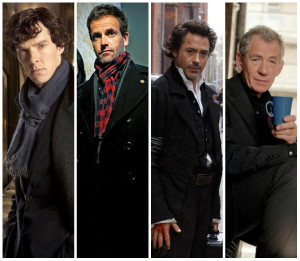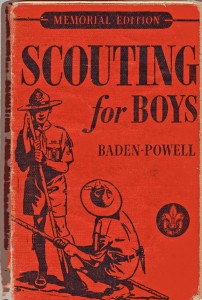One of the most important rhetorical decisions every scholar makes when conducting research is the methodology. Within the literature field, every scholar must choose which critical lens he/she believes will reveal the most about a text. Every text can be analyzed with a multitude of critical lens; to strengthen and streamline your argument, you should typically choose one, two at most. However, in some instances, the critical lens you use contributes to the credibility of your argument—for example, analyzing Homer’s Iliad using postmodern criticism is typically not advisable. The importance of this decision became clear to me during my undergraduate research process.
Since Guy Ritche’s adaptation with Robert Downey Jr. in 2009, Sherlock Holmes has seen a recent surge in fame and popularity. He was similarly popular when Arthur Conan Doyle published the first two collections of short stories between 1890 and 1892. Back then—and, arguably, today—Holmes was considered a model of masculinity to Conan Doyle’s audience of middle-class men, largely because of his intense observational and analytical capabilities. This idealization of him initially made sense when I first read the first 24 short stories. However, upon reading a biographical piece about Conan Doyle that argued the author himself was considered a champion of the dominant masculine ideal, I began to question how masculine Holmes really was—after all, Holmes is vastly different from Conan Doyle in many capacities.
My research question then became: Can the man Watson termed “the world’s most perfect reasoning and observing machine” be considered an ideal masculine figure by Victorian standards?
Once I established this question, I then had many decisions to make, the first being: What method would lead to the most relevant answer? The answer initially seemed obvious—my paper was obviously going to be a gender criticism of Sherlock Holmes. However, I quickly realized this critical lens would the weaker method of defining the Victorian masculine ideal. For the stronger definition, I would need to analyze primary sources. A not-as-popular lens called new historicism became the best method; it seeks to analyze literature within its historical an/or cultural context by analyzing the work in conjunction with a relevant primary source from the time. Thus, my next decision became to choose the primary co-text.
Fortunately, I had an abundance of sources from which to choose. The fin de siècle period (“end of the century,” typically considered the 1880s to 1890s) in England was a time of gender instability, which was a big reason I was fascinated with the time period. For much of the century, gender roles were influenced by the ideal of separate spheres—women were defined by their role as wife/mother in the private sphere of the home while men shifted between their role as husband/father in the private sphere and as whatever their occupation was in the public sphere of society. By the end of the century, however, the first wave of feminism saw women publically move into the public sphere, the sphere that used to distinguish masculinity from femininity. As a result, men had to redefine the line that separated masculinity from femininity, and many advice columns and advice books aimed to help men do so. All I had to do was choose which one.
Although I checked out numerous dusty, old primary sources from various libraries around the country, my choice ultimately came from a quick skim of a secondary source: Robert Baden-Powell’s Scouting for Boys: A Handbook for Instruction in Good Citizenship. The book was immensely popular, and while it was published more than a decade after Conan Doyle’s first two collections (Baden-Powell published it in 1908), many of the qualities Baden-Powell championed in the book were militarized adaptations of qualities emphasized in many of the other primary sources I had read. Scouting for Boys became the main source I used to define ideal masculinity during the fin de siècle, but to compensate for the time gap I buttressed my definition with my analyses of other primary sources from within nineteenth century England.
Because I chose Scouting for Boys and new historicism, my argument is more of my own. If I has chosen gender criticism, my argument would be relying on other scholars’ definition of Victorians’ ideal masculinity, which would have made my argument even more susceptible to criticism.
It is important to be critical, and the critical lens you use is an central rhetorical decision: choose wisely, fellow readers!



 Follow
Follow